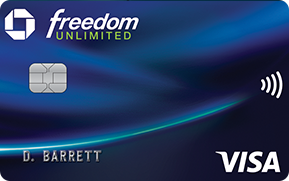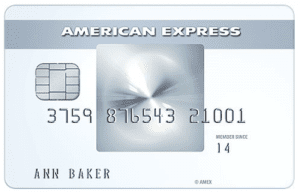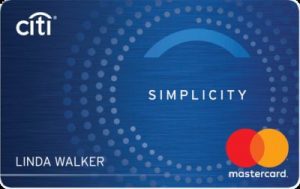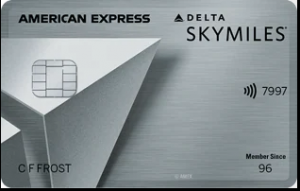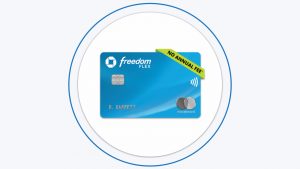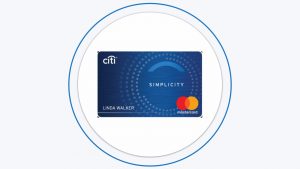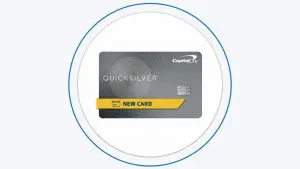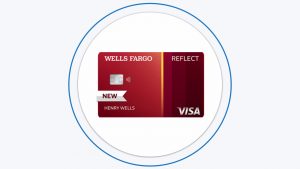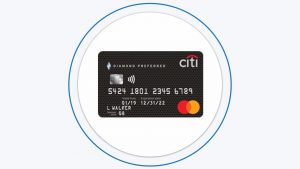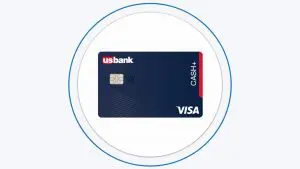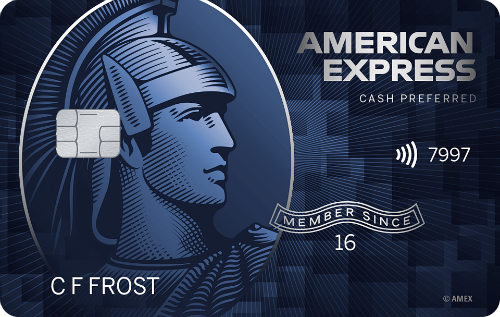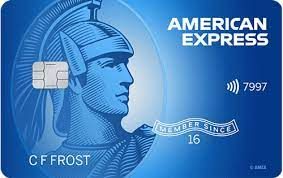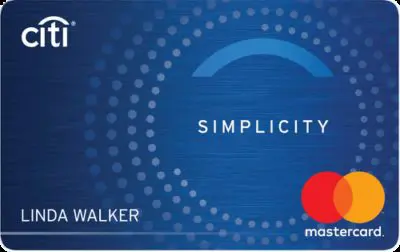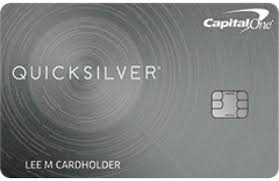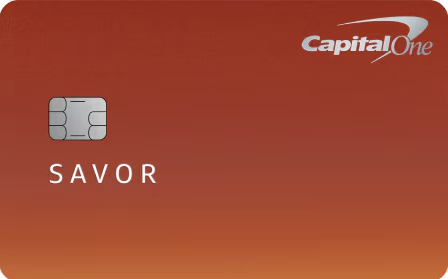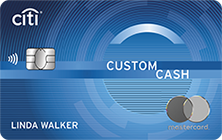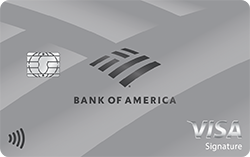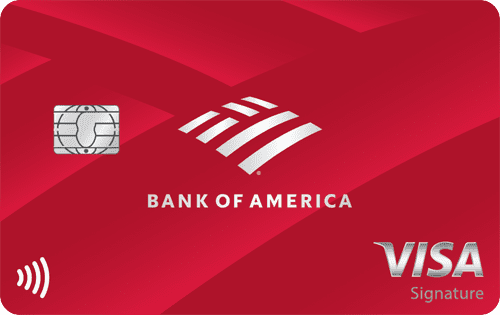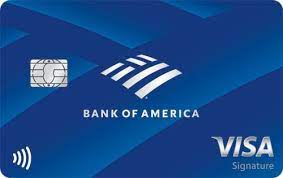Table Of Content
The balance transfer involves transferring your credit card balance from one card to another. The fact is that some credit cards offer a 0% introductory interest rate during a specific period, typically ranging from 6 months to 2 years.
That is why those cards are often called ‘balance transfer credit cards. The main reason behind this is that due to the 0% promotional offer, those cards could help people save money on interest if they transfer their balance to one of those.
However, it is essential to point out that just like any other financial product, balance transfer cards have both advantages and drawbacks, which we will discuss in more detail below.
What is a Balance Transfer Credit Card?
There is no doubt that interest income is one of the most significant components of banks’ revenue. However, to attract new clients and increase their market share, most banks make promotional offers to their new clients.
One example of this type of offer is a 0% interest rate card. Here’s how it works: for a set period—anywhere from a few months to a couple of years—you won’t have to pay any interest on your credit card balance, even if you don’t pay it off in full by the end of the statement period.
As a result, instead of paying interest on their credit card balances, some people prefer to transfer their balance to a card with a 0% interest rate. This allows them to save some money on interest.
Once the promotional period ends, the client has to pay a standard interest rate on the remaining balances. However, they still have an option to avoid paying interest if they pay their balances in full by the end of the statement period.
Here are some of the most common balance transfer cards:
Card | 0% Intro | Annual Fee | Chase Freedom Unlimited® | 15 months on purchases and balance transfers | $0 |
|---|---|---|---|
15 months on purchases and balance transfers | $0 | ||
12 months on purchases and 21 months on balance transfers | $0 | ||
15 months on purchases and qualifying balance transfers | $0 | ||
BankAmericard® credit card | 21 billing cycles on purchases and balance transfers made within the first 60 days | $0 | |
20 billing cycles on purchases and balance transfers | $0 |
Balance Transfer Credit Card Benefits
Some people use balance transfer credit cards because they have several advantages. Here are some of those:
- Saving Money On Interest Payments
The most important advantage of using balance transfer credit cards is that they allow customers to save on interest payments. According to the Federal Reserve, the average interest rate on credit cards was 15.13% in May 2022.
For example, an individual with a $5,000 credit card balance with a 15.13% interest rate can save $756.50 per year on interest payments if the balance remains unchanged.
- Reducing DTI
The debt-to-income ratio, or DTI, is a measure of how much of your monthly income goes toward debt payments. With 0% interest credit cards, you won’t have to pay interest during the promotional period, which usually means your monthly minimum payments will be lower and your DTI will decrease.
This can be beneficial because banks typically look for a DTI of 36% or lower when evaluating new loan applications.
- Opportunity to Consolidate Debts
If you are in a situation where you have several credit cards and have a hard time keeping up with bill payments, then balance transfer credit cards might offer a solution.
In this case, you can transfer all liabilities' balances to your new 0% interest credit card. This can undoubtedly make managing payments much easier.
Pros | Cons |
|---|---|
Saving money on interest payments | Balance transfer fees |
Reducing DTI | End of Promotional Period |
Opportunity to Consolidate Debts |
Balance Transfer Credit Card Cons
Despite the upside we discussed above, it is fair to say that balance transfer credit cards also have disadvantages. Here are some things to consider:
- Balance Transfer Fees
With 0% interest credit cards, you do not have to pay any interest for some periods does not mean that there are no expenses involved in the process. The fact is that you most likely have to pay a balance transfer fee. You can try negotiating the fee with your credit card company, but usually, it won't help.
For example, this fee is 3% of the transferred amount in Wells Fargo. Some banks charge as much as 5% of the transferred amount. So if your balance is large, this commission can add up some considerable sum.
- End of Promotional Period
A 0% interest rate on a credit card is very helpful, but sooner or later, the promotional period will end sooner or later. In this case, the interest rate will increase significantly.
For example, with Wells Fargo’s Active Cash Credit Card, the rates can range from 19.49% – 29.49% Variable APR, depending on your credit rating. With this in mind, paying off the credit card debt in full is preferable before the promotional period expires.
Top Offers
When You May Want to Consider a Balance Transfer Credit Card
Balance transfer credit cards might not be for everyone. However, there are some cases where it might be a worthy choice. Here are some of those scenarios:
- You have a large balance on your credit card
For example, transferring the balance of $100 to save $1.25 in interest payments might not be worth the trouble for most people. However, the potential interest expense savings can be considerable if you have several thousands of dollars in your credit card balance.
For example, if you have a $15,000 balance on a credit card with a 15% interest rate, then the potential monthly savings on interest can be $187.50, which is more significant.
- You want to consolidate your debts
Transferring your balances to a credit card with a 0% interest rate might be worthwhile if you have several credit cards or personal loans. It’s sometimes difficult to keep track of several payments on different cards.
As a result, you might simply forget to make payment on time on one of the credit cards. This can damage your credit score and lead to some penalties as well. Debt consolidation could make managing things much more accessible.
- You are dealing with a no-fee balance transfer card
With most banks, you have to pay a 3% to 5% fee to transfer the balance from one credit card to another.
However, there are some credit cards with no transfer fees, such as the Union Bank Platinum Visa credit card, which offers a 0% balance transfer for the first 60 days after issuing the card. Transferring the balance might be a good choice if you got approved for one of them since you can save money on interest and fees.
When It Make Sense | When It May Not Make Sense |
|---|---|
You have a large balance on your credit card |
The credit card has a high balance transfer fee |
You want to consolidate your debts | Your credit utilization ratio is above 30% |
You are dealing with a no-fee balance transfer card | Your credit card balance is small |
When You May Not Want to Consider It?
At this point, it is essential to recognize that balance transfer credit cards have some significant benefits, but they might not be the best solution in some financial situations. Here are some of those scenarios and things to avoid when doing balance transfer.
- The credit card has a high balance transfer fee
Having a 0% interest rate credit card can help you save on interest. However, it is important to keep in mind that some credit balance transfer fees can be as high as 5%.
According to CNBC, the average American has a credit card debt of around $5,300. So with $5,300, the customer has to pay $265 to complete the balance transfer. With $15,000 balance, the 5% fee will amount to $750 payment. This can offset most of the gains one makes by saving money on interest.
- Your credit utilization ratio is above 30%
The credit utilization ratio represents the percentage of utilized credit compared to the total available credit limit.
So, for example, if you have four credit cards with a total credit limit of $20,000 and want to close those accounts and transfer balances to a 0% interest rate card with a $10,000 credit limit, this can cut your available credit in half. As a result, your credit utilization ratio will rise considerably, damaging your credit score.
- Your credit card balance is small
If your credit card balance is small, then the potential savings from moving your balance to a 0% interest rate credit card can be insignificant.
For example, if you have a $300 balance at 15%, paying $15 for a balance transfer fee might make no sense just to save $3.75 per month on interest payments. In this case, paying off your balance in full with the current credit card might make more sense.
Sign Up for
Our Newsletter
and special member-only perks.
Sign Up for
Our Newsletter
and special member-only perks.
Best Alternatives to Balance Transfer Credit Card
Using balance transfer credit cards can be a useful solution for some people. However, it’s helpful to remember that not everyone can qualify for that product. Many banks require a good credit score to approve a 0% interest rate credit card.
So, what can one do if the balance transfer credit card is not an option? Well, fortunately, there are some alternative options to choose from:
- Low Interest Personal loan – One obvious alternative in this situation is to apply for a low interest personal loan. This can certainly have some benefits. According to the Federal Reserve, the average interest rate on 24-month personal loans in the US during May 2022 was 8.73%, much lower than the average interest rate on credit cards, which was 15.13%. Here you do not have to worry about the introductory period expiring since, in most cases, on 2-year personal loans, the interest rate is fixed during the term.
- Try debt repayment method: instead of transferring your balance, you can try methods that can help you get out of debt such as the debt snowball method or the debt avalanche method. By implementing one of them, or a combination of both, you can reduce your debt on your existing card, improve your score and apply for a rewards credit card.
FAQs
The process of transferring the balance from your credit card is straightforward. You can initiate the process by requesting to transfer your balance online, by phone, or in person at the bank branch.
One thing to remember here is that the balance transfer process is not instant. In most cases, it might take several weeks. Eventually, the bank will inform you that the balance transfer has been completed successfully, and you can start paying down your debts at a 0% interest rate.
With those types of credit cards, you still have to make regular payments by the end of each statement period.
However, those payments will apply toward the balance since you do not have to pay any interest until the promotional period ends
Once the 0% APR intro period ends, the bank will start charging the standard interest rate on the remaining balance. You can still avoid paying any interest if you pay your balance in full by the end of each statement period.
With most balance transfers, you have to pay a fee, which typically ranges from 3% to 5% of the transferred balance. It is worth mentioning that some credit cards still offer customers 0% balance transfer fees.
To get a 0% interest rate credit card, you need to choose one of the cards with this type of promotional offer and apply for it online, via mobile banking, or in person at the bank branch.
Here it is helpful to keep in mind that in most cases, banks require a good credit score to approve credit card applications for 0% interest rate cards.
As of 2025, the longest interest-free period is offered by Citi Diamond Preferred Card, issued by Citibank. The card had a 0% interest rate on balance transfers for 21 months.
The card also offers a 0% interest rate on purchases for 12 months. After the introductory period ends, the interest rate will revert to the 16.74% – 26.74% range. The exact interest rate depends on one’s credit score and credit history

